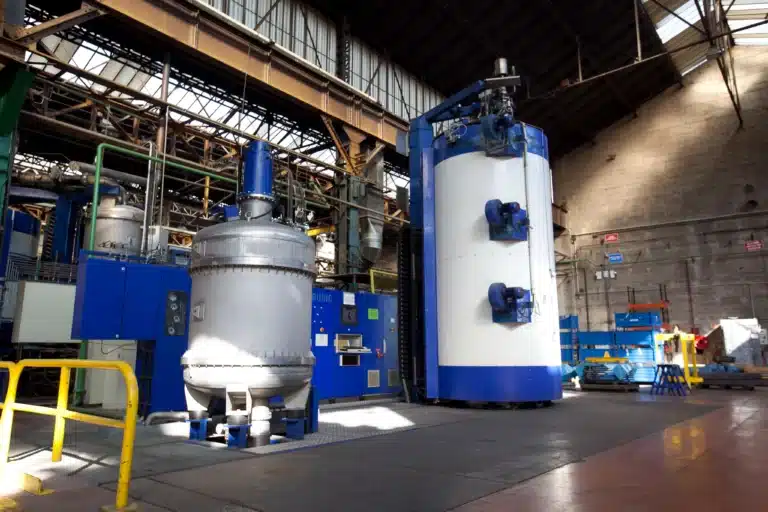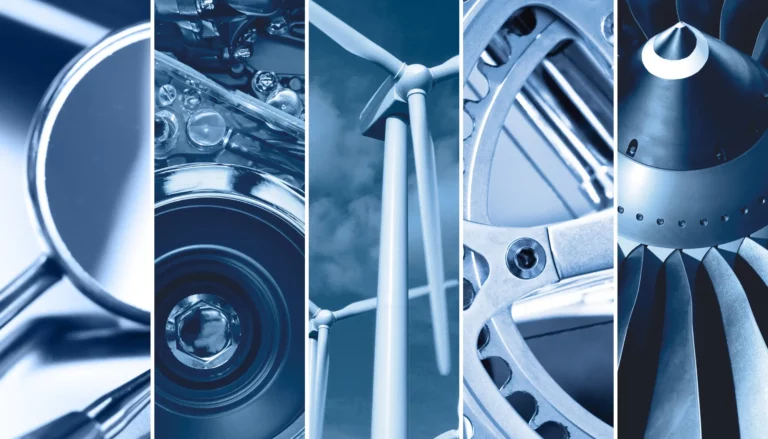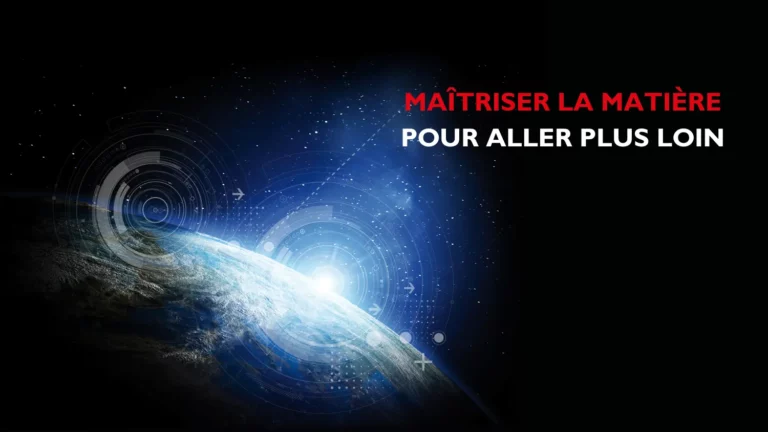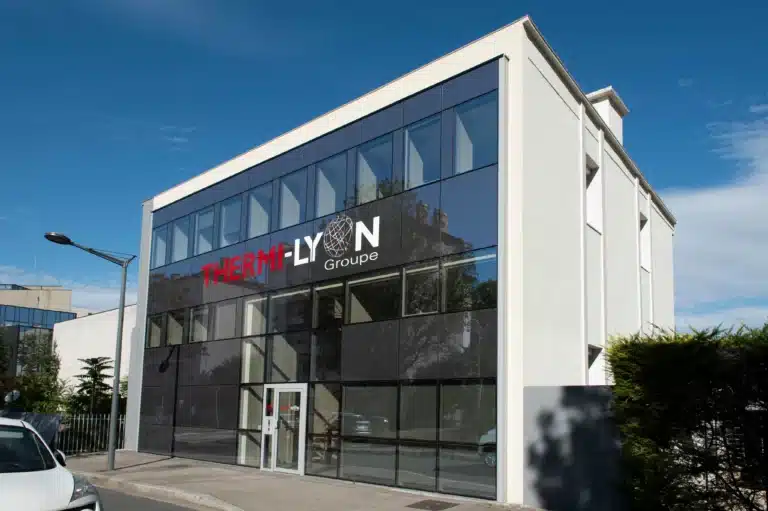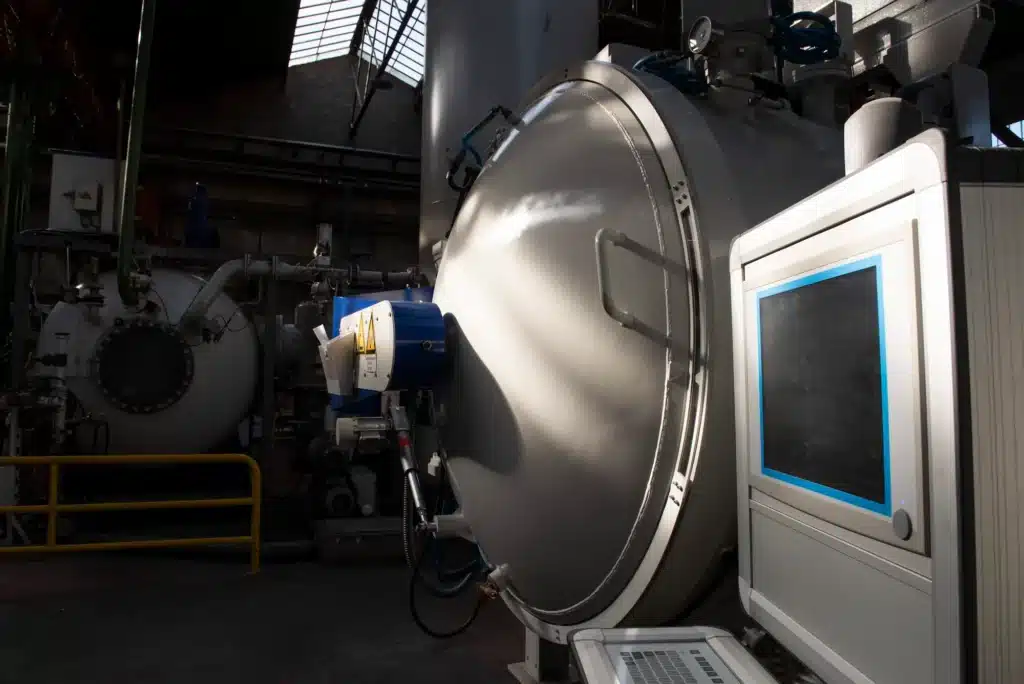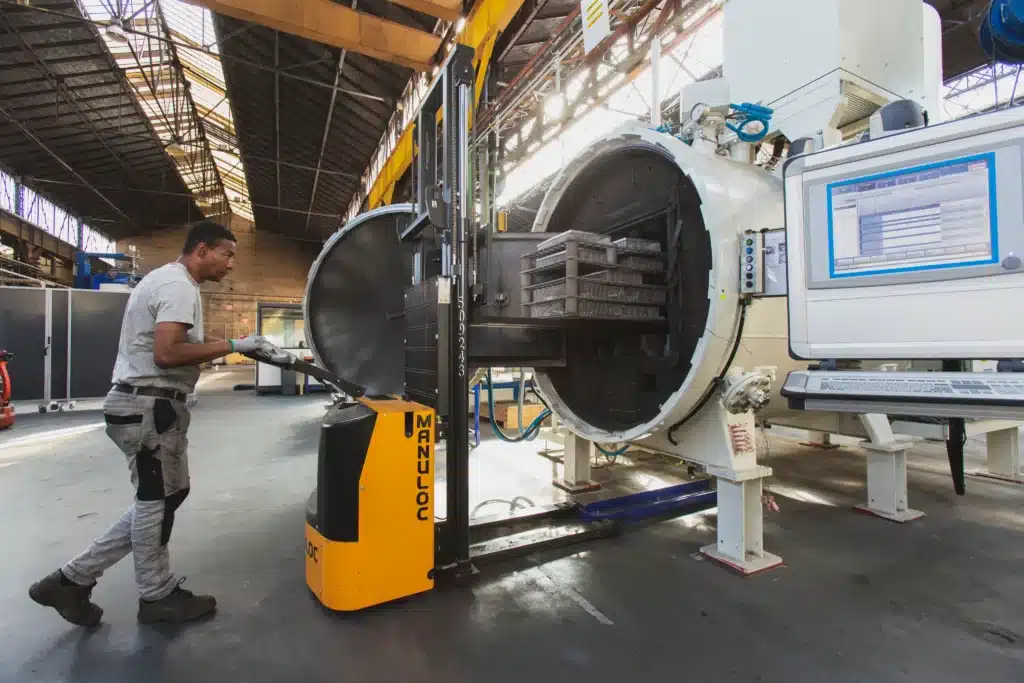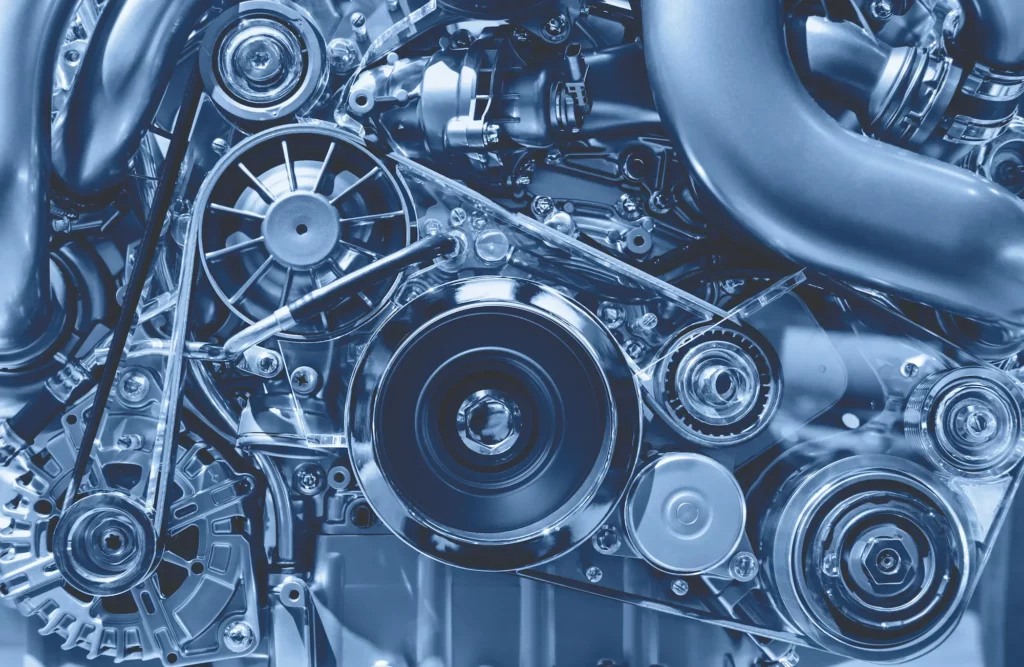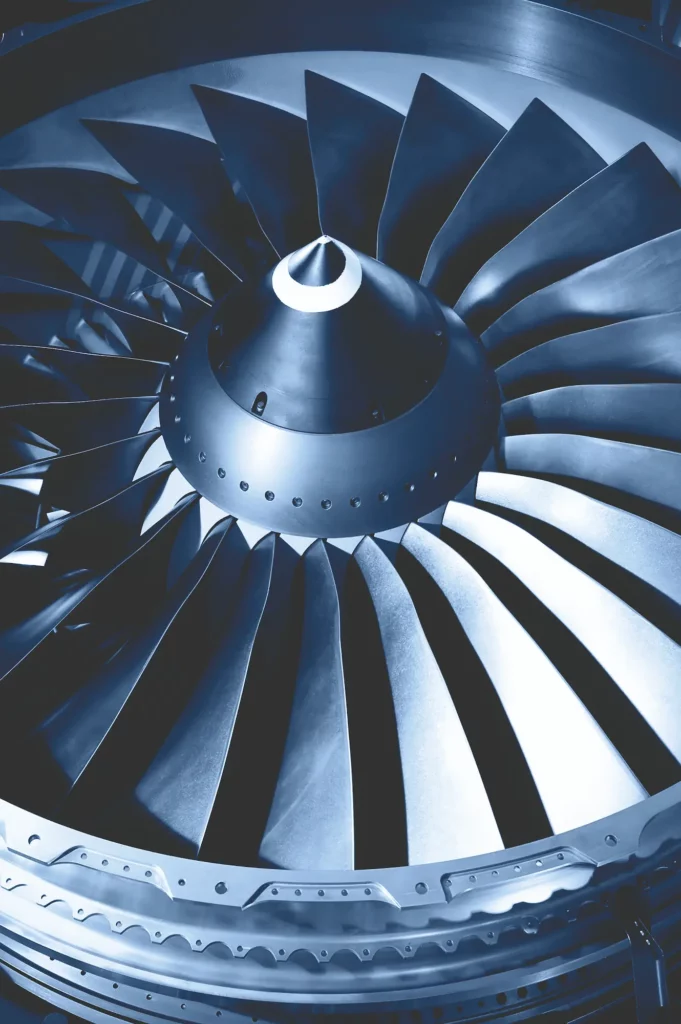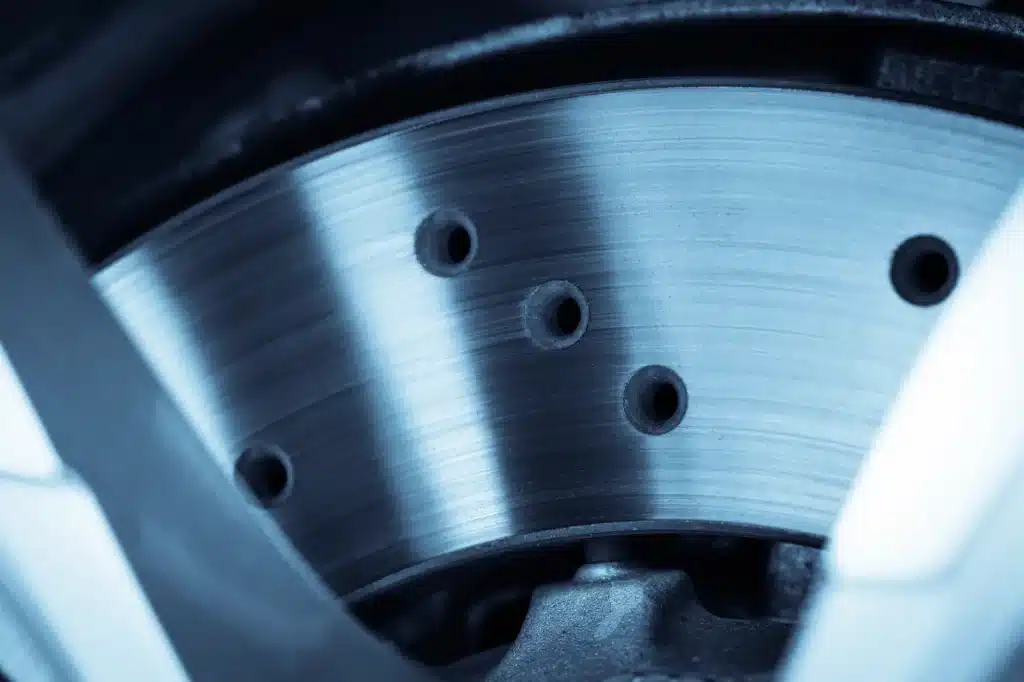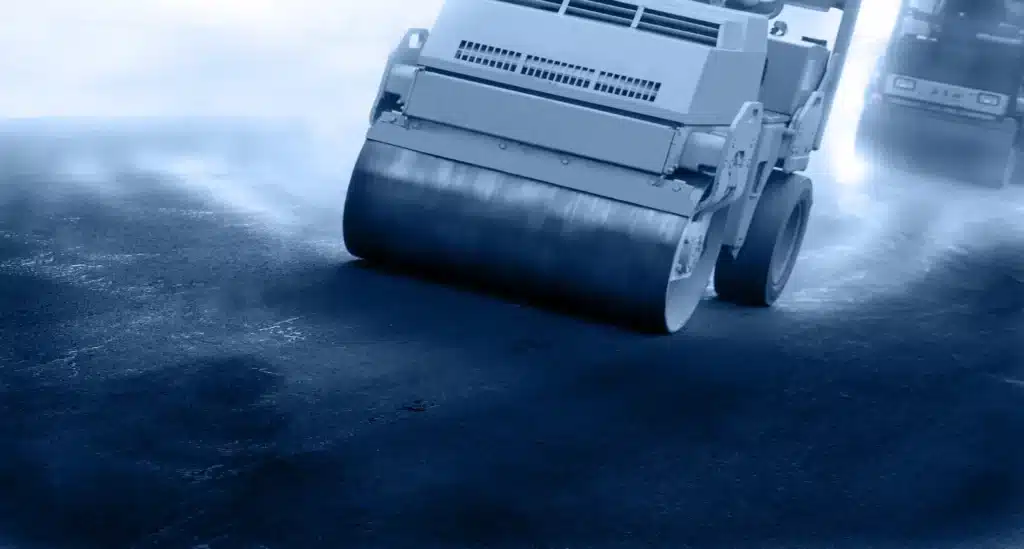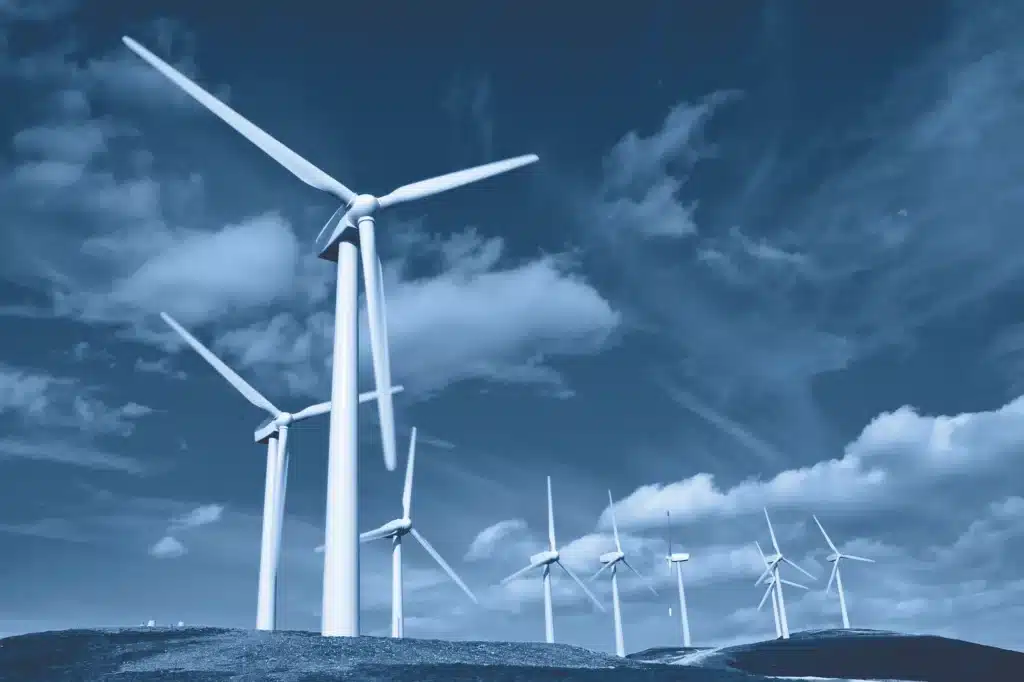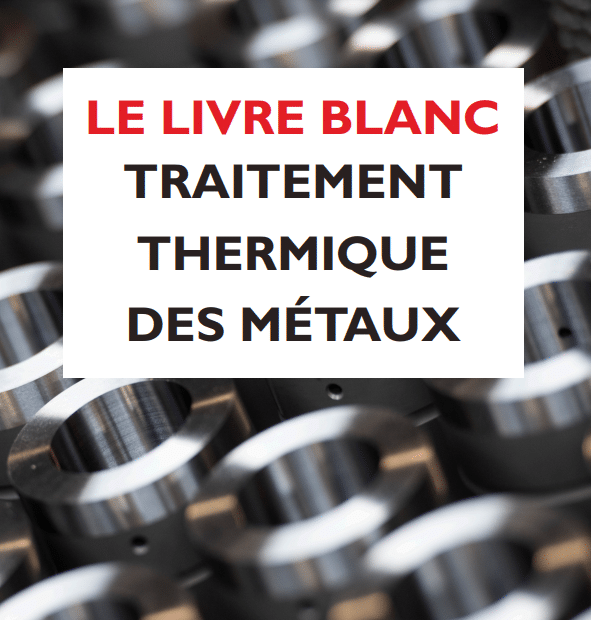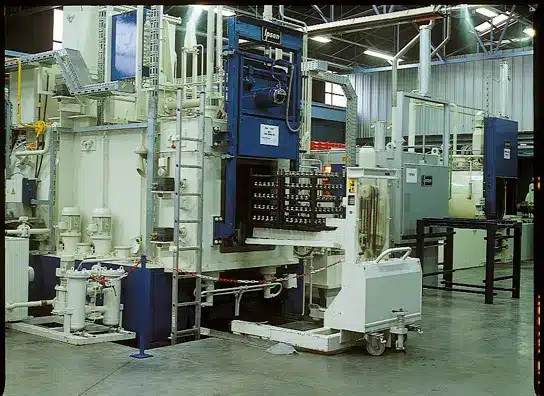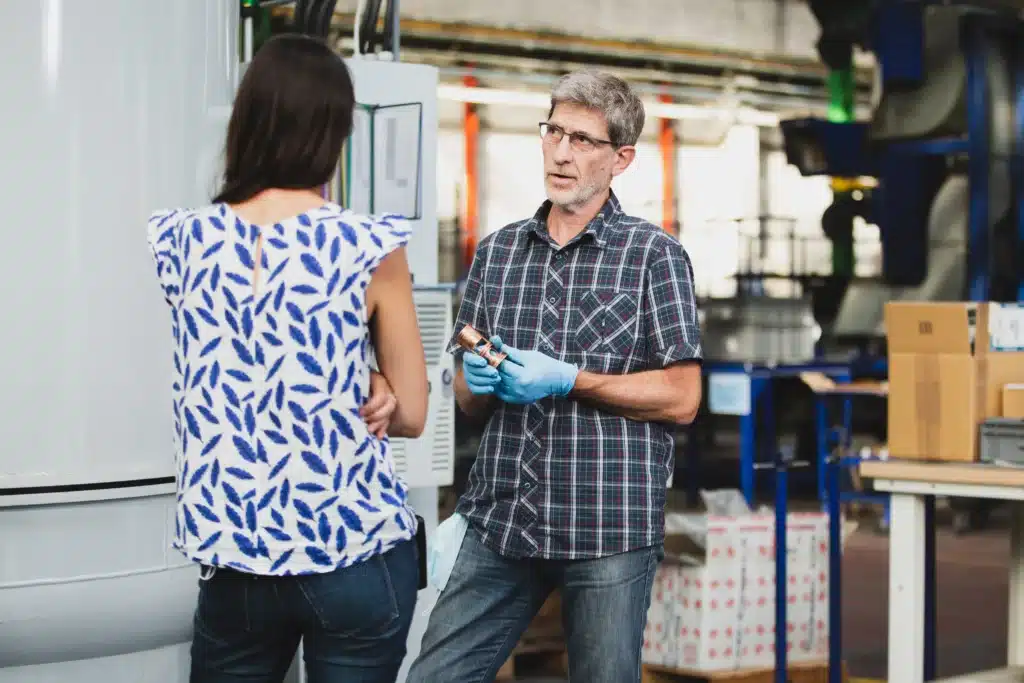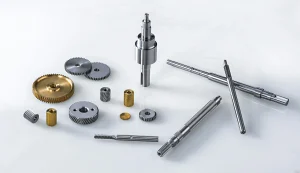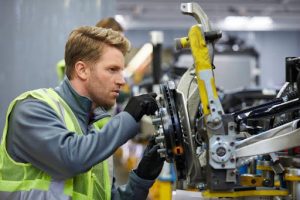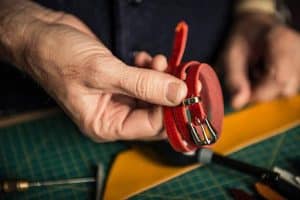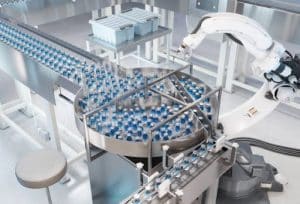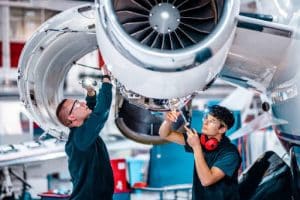business sectors concerned
As this is a case-hardening process, it can be used for all mechanical parts subject to fatigue and friction. However, the high quality of the layer obtained leads us to recommend this process for so-called high-performance parts requiring strict metallurgical characteristics.
Our various documentations
Our FAQs
Incorporate carbon below the surface of the steel part to improve fatigue and wear resistance on the surface, while maintaining good core mechanical properties.
Low-pressure carburizing uses furnaces with electric heating, very small quantities of carburizing gas and often neutral gas cooling. Traditional carburizing uses furnaces with gas heating, an atmospheric pressure carburizing atmosphere and oil quenching.
Cleanliness and a lower level of deformation enable us to make financial savings by eliminating the need for subsequent washing or sandblasting operations, and by reducing the number of repeat machining operations.
Vacuum furnaces guarantee the absence of air, and therefore oxygen, in the furnace. So there is no oxidation. What's more, the low-pressure carburizing process operates at a very low pressure compared with atmospheric pressure, hence the use of vacuum pumps to reach this pressure level.
Parts requiring a high degree of cleanliness (e.g. holes, bores, finished parts), highly machined parts sensitive to deformation, stainless steel parts, etc.
